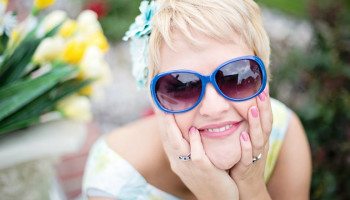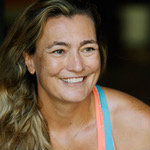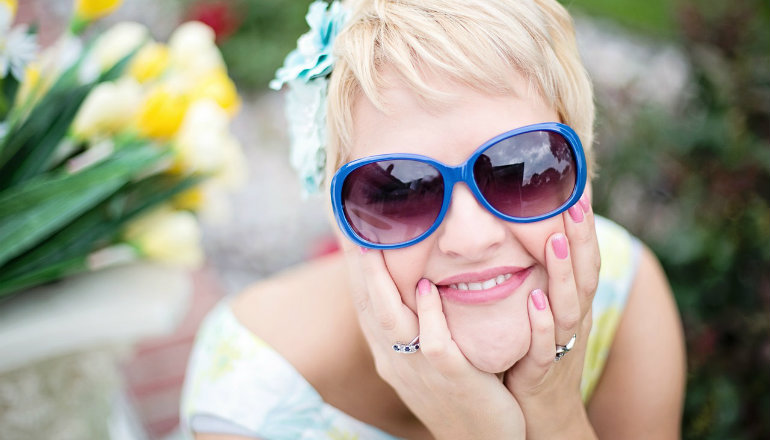 Reading Time: 6 minutes
Reading Time: 6 minutesI have pictures of myself as a little kid. I’m always amazed when I look at them.
Not because I consistently wore horizontal and vertical stripes together or that I had the audacity to combine bright purple, brown, and green (c’mon it was the ‘70s) — but because I had always thought of myself as being on the husky side. Maybe not “the fat kid,” but definitely chunkier than all my peers.
Or at least I thought I was.
Now, when I look at those pictures, I see a normal, healthy kid.
Why did that image of myself seem so real and why did I let it color my perception of myself for so long? What did that mental picture do to me? Was I less sure of myself? Did I not do things I might have? Were there situations I avoided or others I didn’t take full advantage of?
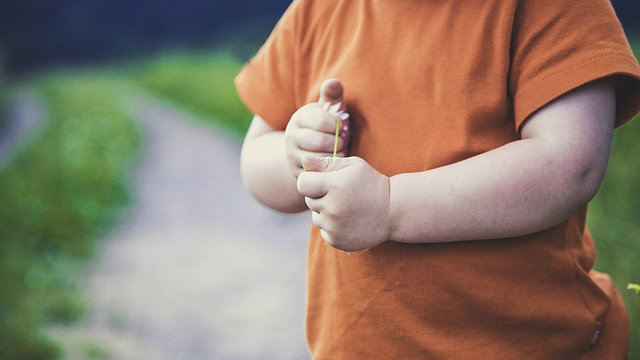
How much different would my life be if I’d had a more realistic view of myself?
In the end it’s hard to say and I don’t dwell on it.
Overall, I was a happy and active kid. Most of the time I was content with how I looked and with what my body could do. Being bigger meant being stronger. I could climb higher in trees, I could throw the ball from the outfield without a cutoff — and I could reach the top shelf to get the Sugar Corn Pops.
Thinking of myself as being a little chubby didn’t really stop me, but the perception persisted in the background and would glide across my awareness from time to time like the “mystery” ship in Space Invaders.
This mindset creeps in on me at times even as an adult. At 5’9”, I’m taller than most and I have broad shoulders (dare I say it, “for a woman”).
There are times when I still feel that “fat kid” in me.
How Our Idea of the “Fat Kid” Came to Be
We hold these negative images of ourselves even when the visual evidence tells a different story. It’s as if we blind ourselves to the obvious truth and let our minds outright lie to us. Of course, it’s not that we can’t see — it’s that we see through the lens of emotion.
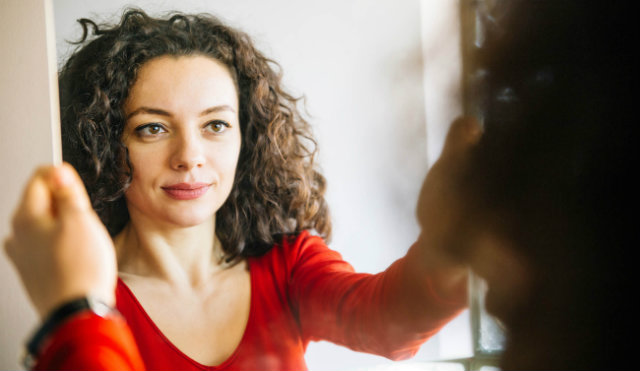
Something happened when we formed our mental picture of ourselves that solidified that image in our brains. A stray comment, a tense moment, a self-conscious situation caused us to see something that wasn’t — and isn’t — real.
If these thoughts become constant and impede our ability to lead a normal life, we call this “body dysmorphic disorder,” or BDD. BDD is a serious mental health issue and should be treated as such. If you think you or someone you care about might be suffering from BDD, please seek professional help.
For most of us, it’s a matter of learning to let these feelings go.
To quote Steve Maraboli from Life, the Truth and Being Free:
“The scale can only give you a numerical reflection of your relationship with gravity. That’s it. It cannot measure beauty, talent, purpose, life force, possibility, strength, or love. Don’t give the scale more power than it has earned.”
This is true for the mirror, too.
What Do You Have to Say About Yourself?
Do this exercise for me: go look at yourself in the mirror, then write down five words you would use to describe your body. Don’t think about it. Just jot down the first five words that come to mind.
Seriously, do it now before you continue reading. I’ll wait.
What did you come up with? How many of the words were positive? One? Three? All five?
Maybe none of the words you wrote down were positive.
We are highly tuned to the negative. And we think the faults we see are all that anyone else sees when they look at us, too. It’s human nature for us to feel this way. It’s totally “normal.”
But the truth is we care more about what we look like than anyone else in the world.
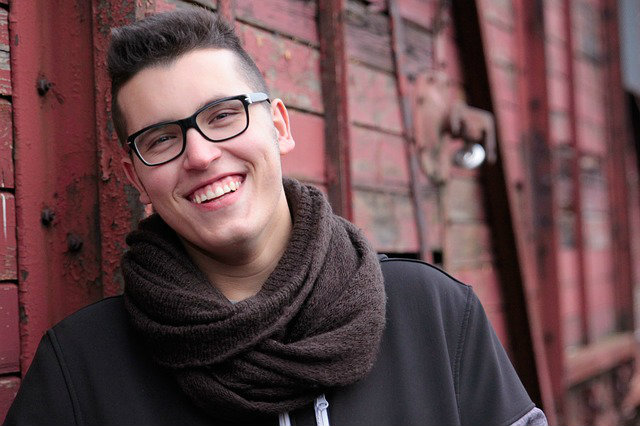
Whether or Not How You Look Matters
Unless it’s part of your profession (I won’t even begin to talk about Photoshop and the misperceptions it breeds) how you look matters way less than:
- How happy you are
- How healthy you are
- How productive you are
- How much you contribute to the world
Yet, we spend too much time looking in the mirror (or not looking in the mirror) because we feel that everyone is judging us. In fact, most everybody else is too concerned about their own looks to worry about yours. No one notices that your thighs are dimply, that your nose curves too far to the left, or that your right earlobe is 2mm longer than the other one.
No one pays attention to you at all.
Sorry, it’s true. Other people are too busy worrying about their own thighs, nose, and earlobes.
To live a healthy, happy life you need to let go of caring about what “they” think — because they don’t. And on the off chance somebody is thinking about those aspects of you, then they don’t deserve the right to judge you. Don’t give it to them.
You are the only one who gets to determine your worth in the world.
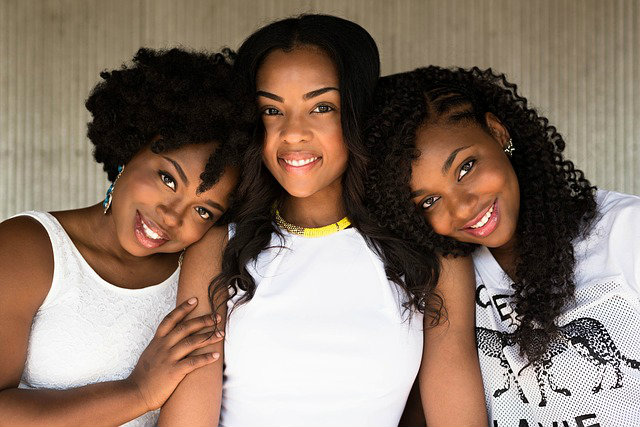
How to Start Seeing Yourself in a Different Way
I know, it’s all easier said than done. So, here’s what you need to do:
Spend twice as much time finding all the things you love about yourself and your looks than you do finding the things you’re not happy with.
This one will be hard at first. You may not even realize how much time you spend thinking negatively until you stop to notice it. But if you practice finding the things you love about yourself every day, it will slowly become easier and more natural. Before long, you’ll pay far less attention to those misperceived failings and be able to quickly move on to more positive thinking.
If you need some more inspiration for this, check out Lizzie Valesquez’s talk at TEDx Austin. Lizzie is a woman born with a rare disorder that prevents her from gaining any weight. Sounds awesome, right? Well, she grew up bullied and at one point was dubbed “the ugliest woman in the world” on the Internet.
Instead of letting something she couldn’t control define her, Lizzie took a stand and decided to let her strengths define her. She became a motivational speaker and published author by age 25. She now devotes herself to teaching others how to get past their ill-defined body images.
Talk about not letting the negative define your life.
Find Your Positives and Give Them a Hug
Now, go do the same exercise I asked you to do earlier: go look at yourself in the mirror and write down five words to describe yourself. This time make at least three (if not all) of the words positive.
Again, don’t think. I bet you can come up with five amazing words for yourself if you move your conscious mind (the overthinking, negative part) out of the way. That’s what you need to do from now on when you look in the mirror. Let go of the judgy-mind and find your positives.
